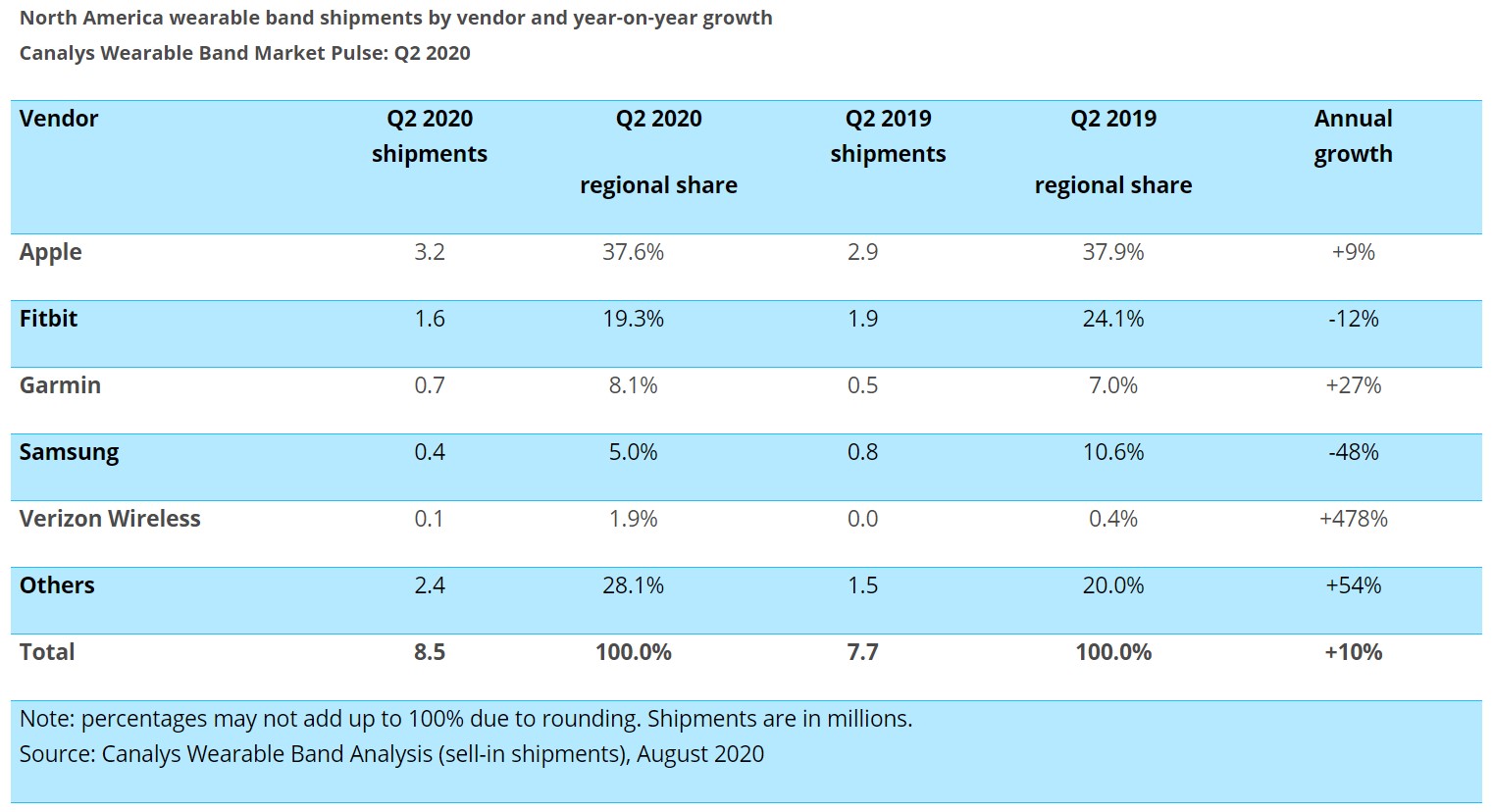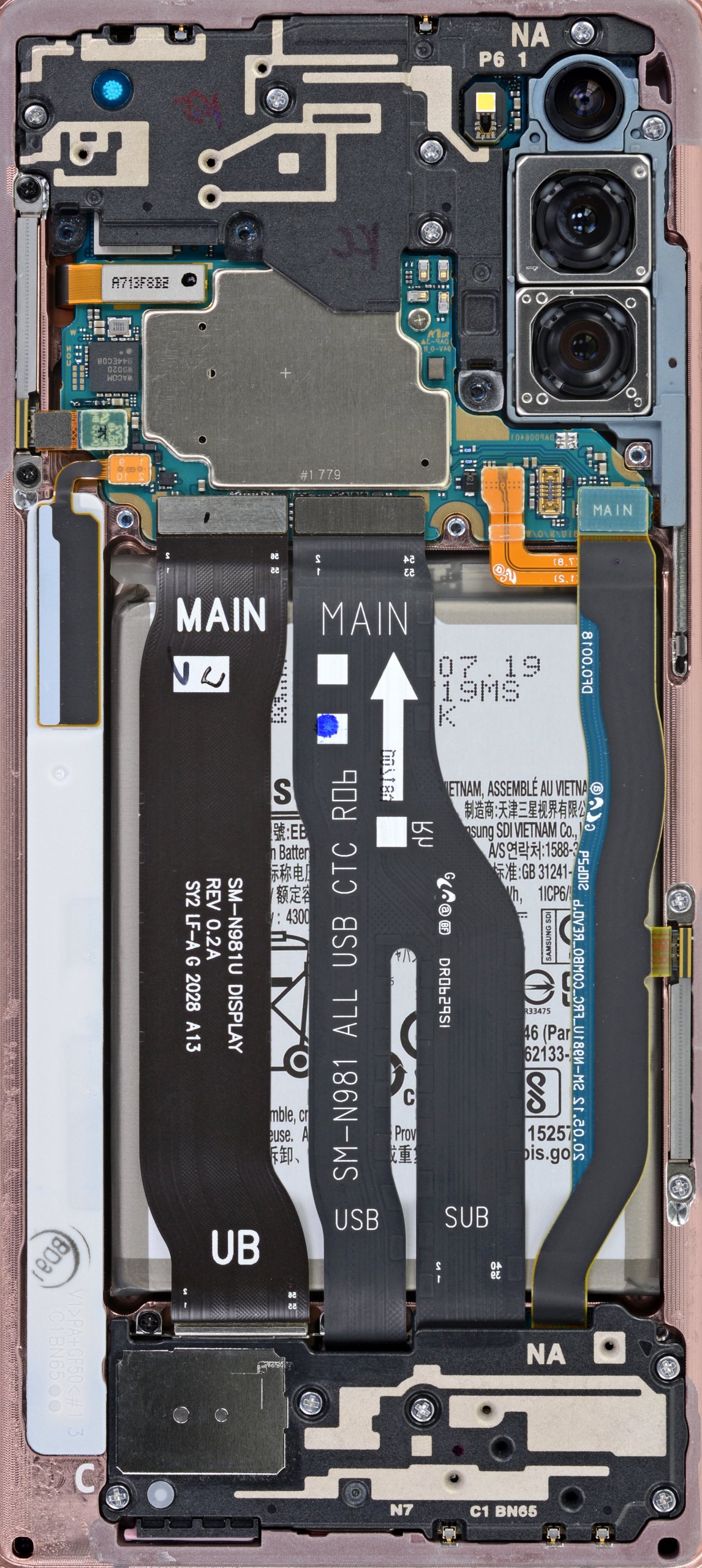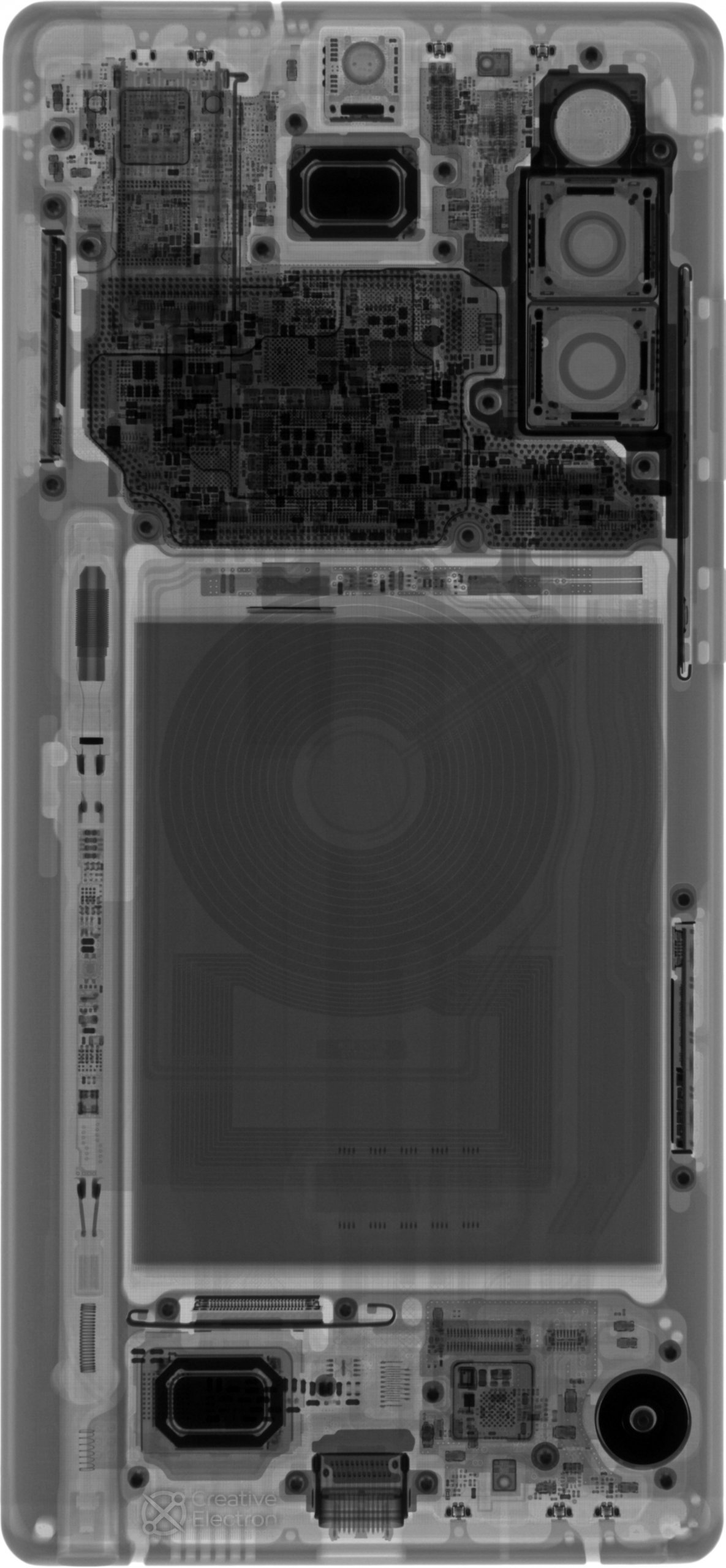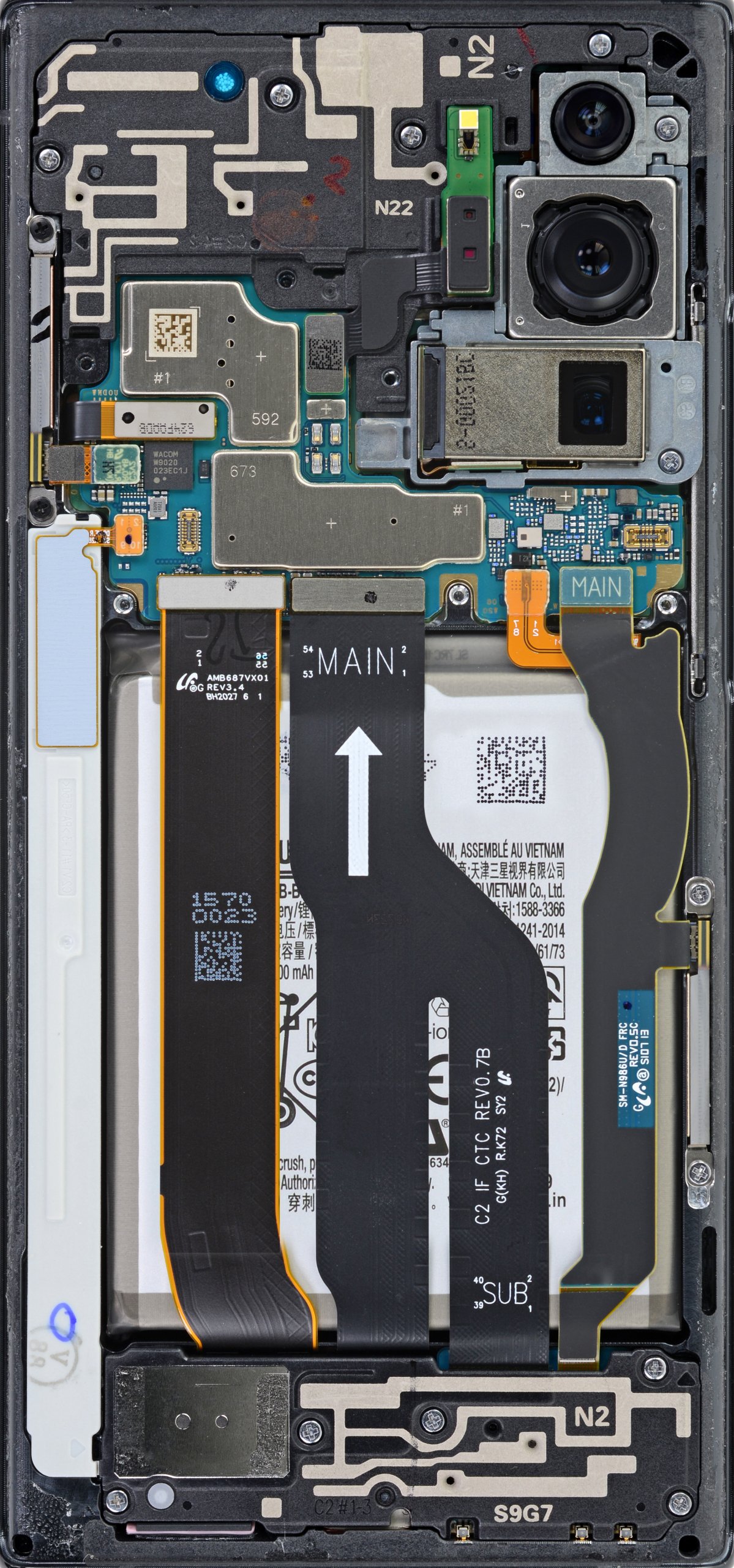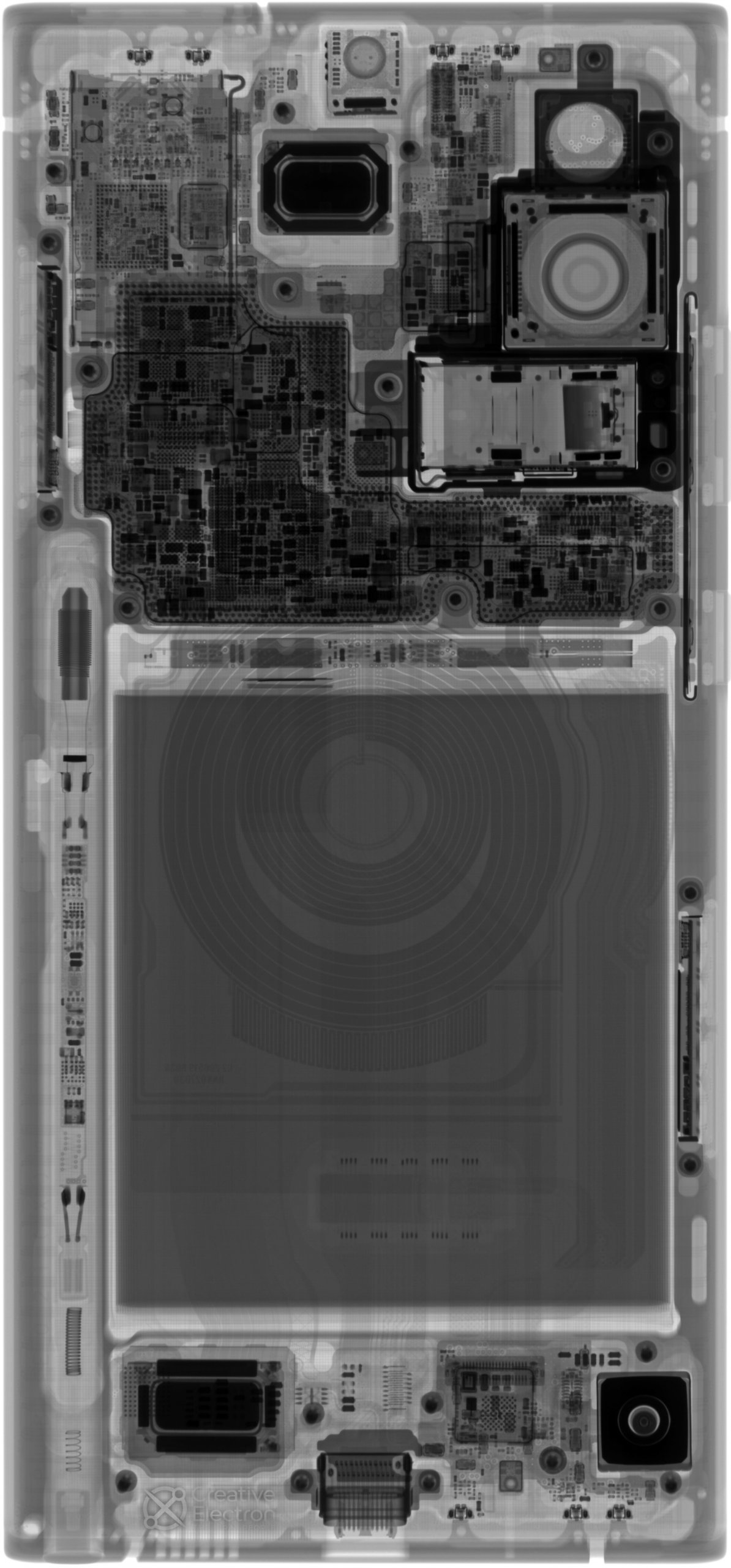Many were quick to label Samsung’s seminal push into foldable smartphones as premature, and it’s honestly hard to blame them given how half-baked the original Galaxy Fold felt last year. Which was a tough pill to swallow since it had all the potential in the world and, more importantly, consistently showed glimpses of its unrealized greatness. But 18 months later, not only have Samsung’s foldable smartphone designs matured quite beautifully, but they did so in a way that puts their 2019 predecessor into a much better perspective. Today, the first Galaxy Fold seems like less of an unfinished product and more as a necessary first step toward Samsung’s vision for the future of smartphones. A vision that the newly launched Galaxy Z Fold 2 communicates much more coherently.
So, what changed between the February of last year and today? Surprisingly little; besides the number of data points we have available for judging Samsung’s foldable foray, that is. This extra context makes all the difference in the world, however, allowing us to glance the bigger picture behind the company’s massive investment into flexible OLED panels. That bet already surpassed $4 billion in 2016, doubled the following year, and maintained a pretty much identical upward trajectory ever since.
Three data points are better than two
A year and a half after the launch of the seminal Galaxy Fold, we have two more major points of reference to analyze: the Galaxy Z Flip that debuted in February and the Galaxy Z Fold 2 which Samsung introduced early last month, prior to doing a full-fledged unveiling a few days ago. The Galaxy Z Fold 2 is a direct sequel to the Galaxy Fold, a true flagship with a lavish 6.2-inch Dynamic AMOLED display on the outside and a 7.6-inch tablet-like foldable screen on the inside, now with a dynamic refresh rate going up to buttery smooth 120Hz. In many respects, the Galaxy Z Fold 2 represents a massive step toward the future of smartphones Samsung envisioned when it first started exploring the idea of mass-producing flexible OLED products a decade ago.
The Galaxy Z Flip launch: A blitzkrieg we’ll analyze for years to come
While much more dialed back compared to the Galaxy Z Fold 2, the Galaxy Z Flip is arguably the more intriguing device of the two; one that few anticipated to see before its February launch became imminent. Featuring the specs of a 2019 flagship, the Galaxy Z Flip was in danger of being a tough sell at $1,349. Yet not only did it debut in an impressive fashion across multiple key markets, but it even managed to build on that initial momentum over the following weeks, going from strength to strength.
Compared to either Galaxy Fold model that took weeks to reach the store shelves after launching, the Galaxy Z Flip was out of the door immediately, storming the market before any rival had a chance to even realize what just happened, let alone respond. And it didn’t end there, as Samsung topped it all off with the Galaxy Z Flip 5G, which offered a current-gen Snapdragon 865+ chipset from Qualcomm and next-gen mobile connectivity five months after its predecessor released, once again with minimal gap from announcement to release.
In comparison, both Galaxy Fold models were available to pre-order for a couple of weeks before the earliest of shipments began reaching the most eager among adopters. Why the sudden shift in release strategies? Occam’s razor suggests it all comes down to a highly calculated risk-reward ratio. At $2,000, both the original Galaxy Fold and the upcoming Galaxy Z Fold 2 are as heavy as gambles in consumer electronics go. The fact that e.g. the Galaxy Z Fold 2 utilizes the latest and greatest components Samsung and its suppliers have to offer also means that every extra foldable produced this fall is one less Snapdragon 865+ chip that could have gone to say, the Galaxy Note 20 Ultra, a conventional flagship with a significantly stronger mass appeal factor. Meaning that if there ever was a device whose demand Samsung absolutely cannot afford to overestimate, that would be its series of high-end foldables.
The importance of managing expectations
The differences in Samsung’s strategic approach to the release of the Galaxy Z Flip and the two Folds clearly show the company is already cleverly profiling its early adopter base, but also stand as testament to its pragmatic view of the market as a whole, as well as its ability to improvise. Because as of the second-generation Galaxy Z Fold 2, the chaebol actually managed to spin this extremely cautious approach as a selling point – at least indirectly. It did so by offering customizable hinge colors to consumers who order the new foldable directly from its website. With this one act, it completely turned around the perception of a two-week wait from annoying to trivial because suddenly, its most enthusiastic customers aren’t just waiting for the latest mass-produced gadget, they are anticipating their personalized version of the said device, no matter how generic that personalization actually is. By providing the early buyers of the Galaxy Z Fold 2 with a choice — any choice — in how their devices are created, Samsung masterfully managed expectations, buying itself breathing room while minimizing the risk of overestimating demand.
The Galaxy Z Flip, while far from cheap, was a significantly smaller burden on Samsung’s production capabilities, at least in the high-end market segment where the majority of the profit margins are. That’s why both variants of the Galaxy Z Flip were available for purchase within days of their announcement – they represented a bet Samsung was able to make without overcommitting, and given early reports of their blockbuster sales performance, it would appear the company truly made the most of the opportunity.
Ultimately, while many were quick to label Samsung’s foldable phone foray as a flop, perhaps even a sign that the Korean juggernaut is losing its touch, I’d argue its first several such devices and the highly calculated fashion in which every single one of them went from announcement to release suggest the exact opposite to be the case. With the benefit of hindsight and some added context, Samsung’s early bet on foldables, while modest in terms of results, paints the picture of an industry leader at the top of its game, not a relic of the past at a loss for what to do. And that’s without even accounting for the most obvious benefits of the move for Samsung’s image of a mobile innovator. Only three devices in, this initiative already sparked an industry-wide design renaissance, making us truly excited to see what’s next in store for smartphones for the first time in years.
All things considered, history is likely to view Samsung’s entry into the foldable smartphone segment much more favorably than the average industry watcher currently is. Especially from a standpoint of product scalability and expectations management, both of which are areas in which Samsung impressed so much that its last few flagship releases might as well be unique case studies of sensible business dealings.
Samsung’s in the process of delivering a masterclass in JIT manufacturing
Now, if only some of this forward-looking cleverness rubbed off on Samsung’s marketing department, whose latest device naming decisions have been questionable at best, and we’d be even more confident in the company’s ability to make history with its early push into foldables. Not that Samsung seems to be starving for outside approval, mind you; if anything, the company appears to be extremely certain of its ability to build on this early foldable lead over the course of the next 15 months. Assuming it manages to deliver on that belief, it would be in a prime position to capitalize on foldables just as this product category starts flirting with mainstream adoption a couple more years down the road.
To make that milestone less vague, let’s say anything approaching a double-digit percentage of the global smartphone market could already be categorized as “mainstream.” And if the foldable hype continues to any extent beyond the next few months, that’s pretty much where this futuristic type of electronics will end up come the end of 2022. Should Samsung play its cards right, it’s likely to remain the dominant force in that snowballing niche by then. Not because it was the first to enter it in 2019, but due to how cleverly it did so, carefully balancing between additional bleeding-edge innovations and increased production outputs, ultimately delivering a masterclass in just-in-time manufacturing and business scalability.
The post Galaxy Z Fold 2 shows how clever Samsung’s foldable push truly is appeared first on SamMobile.
from SamMobile https://ift.tt/2ETNi4z
via
IFTTT



